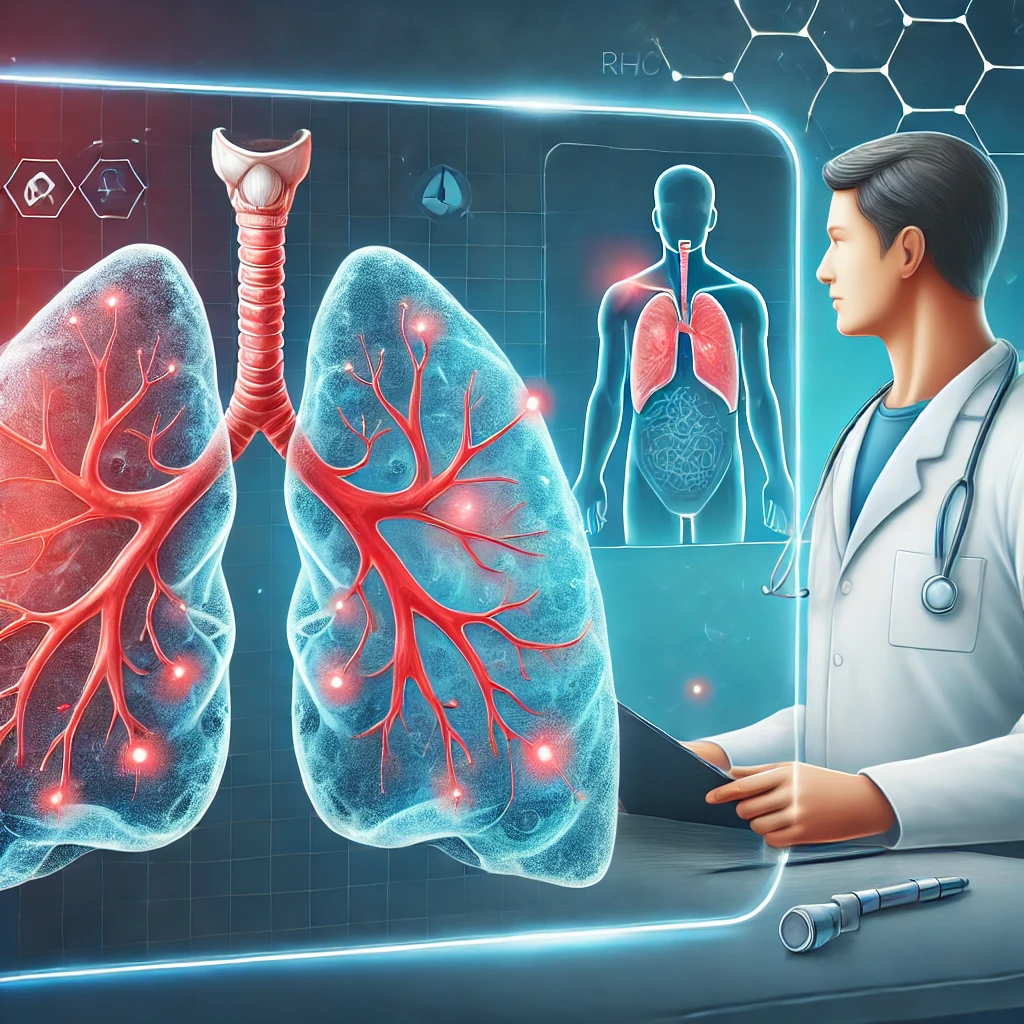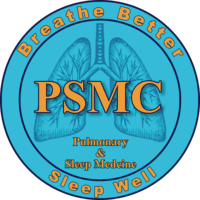Chronic Obstructive Pulmonary Disease (COPD) is a progressive lung condition that affects millions worldwide. It primarily causes breathing difficulties due to obstructed airflow, often leading to chronic respiratory symptoms such as coughing, wheezing, and shortness of breath. Despite its prevalence, many people remain unaware of its causes, symptoms, and available treatment options.
This article explores the key aspects of COPD, addressing common concerns, including whether is COPD contagious, and how it can be managed effectively.
What is COPD?
COPD is a chronic lung disease that includes conditions such as emphysema and chronic bronchitis. It develops over time, typically due to prolonged exposure to irritants like cigarette smoke, air pollution, and occupational hazards such as chemical fumes and dust. Individuals with COPD experience inflammation and narrowing of the airways, leading to breathing difficulties and reduced oxygen intake.
Common Causes of COPD
While smoking is the leading cause of COPD, other factors can contribute to the development of the disease:
- Tobacco Smoke: The majority of COPD cases are linked to long-term smoking. Both active and passive smoking increase the risk of lung damage.
- Environmental Pollutants: Continuous exposure to air pollution, industrial chemicals, and workplace irritants can contribute to lung deterioration.
- Genetic Factors: A small percentage of COPD patients have a genetic deficiency known as alpha-1 antitrypsin deficiency, which makes them more susceptible to lung disease.
- Respiratory Infections: Frequent lung infections, especially in childhood, can lead to long-term lung damage, increasing COPD risk.
Symptoms of COPD
COPD symptoms develop gradually and worsen over time. Early detection can help manage the condition more effectively. The most common symptoms include:
- Persistent cough that produces mucus
- Shortness of breath, especially during physical activity
- Wheezing and chest tightness
- Frequent respiratory infections
- Fatigue and reduced energy levels
- Unintended weight loss in advanced stages
If left untreated, COPD can significantly impact daily life, making routine activities challenging. Seeking medical advice at the onset of symptoms is crucial for early intervention.
Is COPD Contagious?
A frequently asked question about this condition is, is COPD contagious? The simple answer is no. COPD is not caused by bacteria or viruses, meaning it does not spread from person to person like the flu or common cold. However, individuals with COPD are at a higher risk of respiratory infections, which can worsen symptoms and lead to complications.
Although not contagious, COPD can have genetic links. Families with a history of lung disease should be aware of potential risk factors and take preventive measures.
Diagnosis and Testing for COPD
Early diagnosis of COPD is essential for managing the disease and slowing its progression. Common diagnostic tests include:
- Spirometry: A lung function test that measures airflow obstruction and breathing capacity.
- Chest X-ray or CT Scan: Used to detect lung abnormalities such as emphysema.
- Blood Tests: Helps assess oxygen levels and rule out other conditions with similar symptoms.
Medical professionals may also evaluate a patient’s medical history, smoking habits, and exposure to environmental risks to determine COPD severity.
Treatment Options for COPD
While COPD has no cure, several treatments can help manage symptoms and improve quality of life. Treatment plans vary based on disease severity and individual patient needs.
1. Medications
- Bronchodilators: Help relax airway muscles, making breathing easier.
- Inhaled Steroids: Reduce inflammation and prevent flare-ups.
- Antibiotics: Used when respiratory infections exacerbate symptoms.
2. Oxygen Therapy
For individuals with severe COPD and low oxygen levels, supplemental oxygen therapy can improve breathing and energy levels.
3. Pulmonary Rehabilitation
A comprehensive program combining exercise, breathing techniques, and nutritional counseling can enhance lung function and overall well-being.
4. Lifestyle Changes
- Quitting smoking is the most critical step in slowing COPD progression.
- A balanced diet rich in antioxidants supports lung health.
- Regular physical activity strengthens respiratory muscles and improves stamina.
Preventing COPD Progression
Although COPD is a progressive disease, certain measures can help patients manage symptoms and reduce complications.
- Avoid smoking and secondhand smoke exposure.
- Limit exposure to air pollutants and workplace irritants.
- Get vaccinated against respiratory infections like pneumonia and flu.
- Follow a doctor’s recommended treatment plan to prevent worsening symptoms.
When to Seek Medical Help
If you experience persistent respiratory issues or a decline in lung function, consult a pulmonologist for evaluation and treatment. COPD symptoms can sometimes mimic other conditions like asthma or heart disease, making professional diagnosis essential. For personalized care and expert medical advice, reach out to Interstate Pulmonary today. Their experienced team specializes in COPD treatment, pulmonary rehabilitation, and lung health management.



